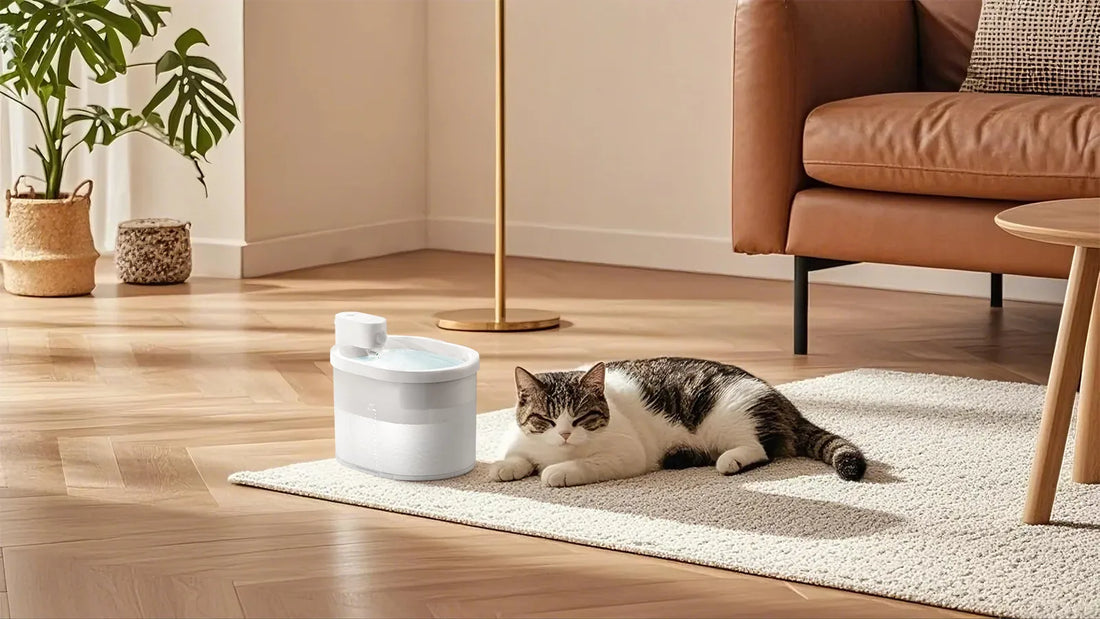Fleas are a common nuisance for cats and their owners, and knowing how often to give your cat a flea bath is crucial for their health and comfort. While flea baths can be effective, overdoing them can harm your cat's skin and overall well-being. This guide will help you understand the best practices for flea baths, alternative treatments, and how to keep your cat flea-free without unnecessary stress.
Understanding Fleas and Their Impact on Cats
Fleas are tiny, blood-sucking parasites that can cause severe discomfort and health issues for your cat. They can lead to itching, skin infections, and even transmit diseases. Cats with flea allergies may experience intense itching, hair loss, and inflamed skin. Understanding the life cycle of fleas is essential to effectively combat them. Fleas go through four stages: egg, larva, pupa, and adult. Breaking this cycle is key to preventing infestations.
When Should You Consider a Flea Bath?
A flea bath is often recommended when your cat has a visible flea infestation. If you notice your cat scratching excessively, see fleas on their fur, or find flea dirt (tiny black specks) on their skin, it may be time for a flea bath. However, flea baths should not be your first line of defense. They are typically used in conjunction with other flea control methods, such as topical treatments, oral medications, and environmental cleaning.
How Often Should You Give Your Cat a Flea Bath?
The frequency of flea baths depends on several factors, including the severity of the infestation, your cat's health, and the type of flea shampoo used. In general, a flea bath should be given no more than once every two weeks. Over-bathing can strip your cat's skin of natural oils, leading to dryness, irritation, and even more skin problems. Always consult your veterinarian before starting a flea bath regimen to ensure it's safe for your cat.
Risks of Over-Bathing Your Cat
While flea baths can be effective, they come with risks if overused. Cats have sensitive skin, and frequent bathing can disrupt the natural balance of oils, leading to dryness and irritation. Additionally, some flea shampoos contain harsh chemicals that can be toxic if used too often. Symptoms of over-bathing include redness, flaking, and increased scratching. If you notice these signs, stop bathing your cat and consult your vet for alternative flea control methods.
Alternative Flea Control Methods
Flea baths are just one part of a comprehensive flea control plan. Here are some alternatives to consider:
- Topical Treatments: These are applied directly to your cat's skin and provide long-lasting protection against fleas.
- Oral Medications: These are ingested and kill fleas quickly, often within hours.
- Flea Collars: These release chemicals that repel and kill fleas for several months.
- Environmental Cleaning: Regularly vacuuming, washing bedding, and treating your home with flea sprays can help eliminate fleas at all life stages.
Tips for Giving Your Cat a Flea Bath
If you decide to give your cat a flea bath, follow these tips to make the process as stress-free as possible:
- Choose a flea shampoo specifically designed for cats. Avoid using dog flea shampoos, as they can contain ingredients harmful to cats.
- Test the water temperature to ensure it's warm but not hot. Cats are sensitive to temperature changes.
- Gently massage the shampoo into your cat's fur, avoiding their eyes, ears, and mouth.
- Rinse thoroughly to remove all shampoo residue, as leftover product can irritate the skin.
- Dry your cat with a towel and keep them warm until they are completely dry.
Preventing Future Flea Infestations
Prevention is the best way to keep your cat flea-free. Here are some preventive measures to consider:
- Regular Grooming: Brush your cat regularly to remove fleas and their eggs.
- Monthly Treatments: Use monthly flea prevention products as recommended by your vet.
- Clean Environment: Keep your home clean and vacuum frequently to reduce the risk of flea infestations.
- Outdoor Safety: If your cat goes outside, consider using flea prevention products to protect them from fleas in the environment.
When to Consult Your Veterinarian
If your cat continues to have flea problems despite your efforts, it's time to consult your veterinarian. They can recommend stronger treatments, such as prescription medications, and help you develop a comprehensive flea control plan. Additionally, if your cat shows signs of an allergic reaction or skin infection, seek veterinary care immediately.
Keeping your cat flea-free requires a combination of treatments and preventive measures. While flea baths can be effective, they should be used sparingly and as part of a broader strategy. By understanding the risks and alternatives, you can ensure your cat stays healthy, comfortable, and free from fleas. Start implementing these tips today to give your feline friend the best care possible!













